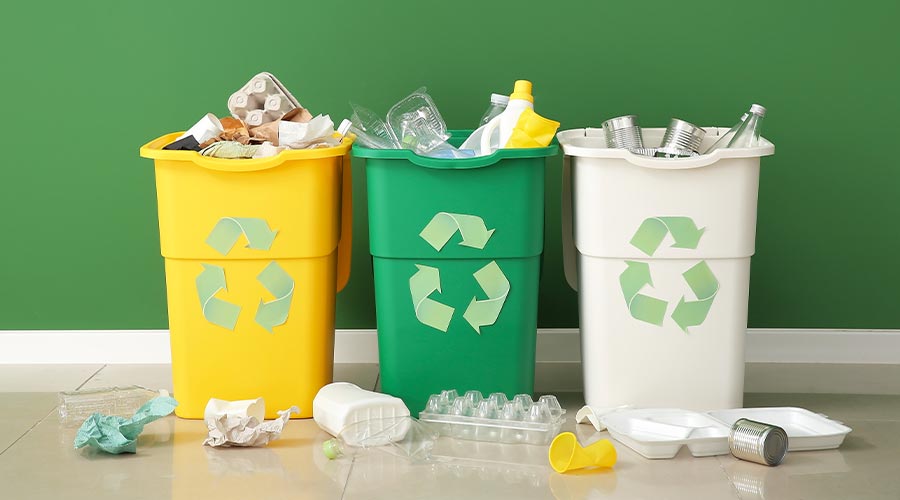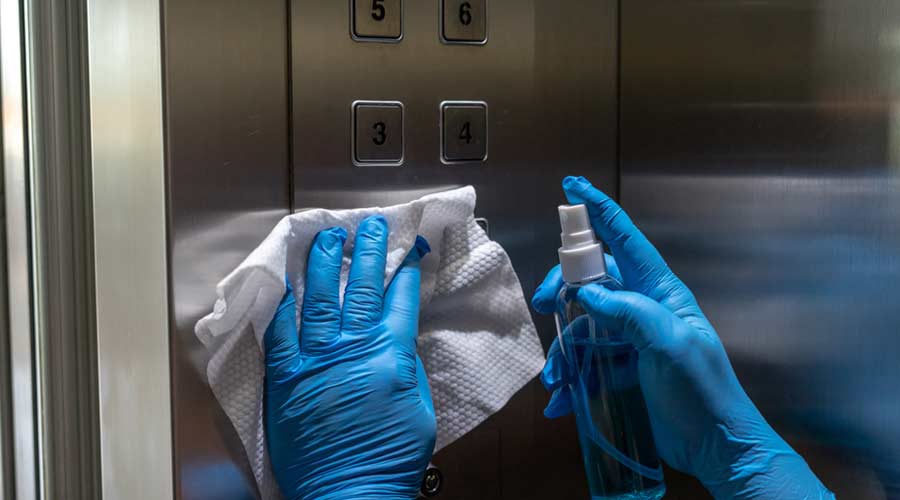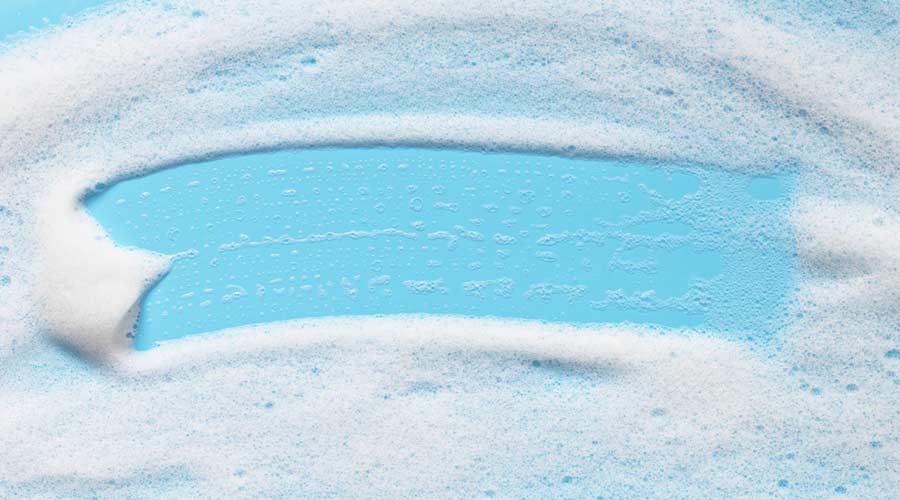
By Kurt Kuempel, Vice President, GSF USA
Sustainability has moved beyond being trendy and has become a necessity. Adopting a circular approach to commercial cleaning can significantly reduce waste, optimize resources, and contribute to a more environmentally responsible operation, according to the Wall Street Journal. Unlike traditional cleaning models, which rely on disposable products and high resource consumption, circular cleaning focuses on waste reduction, reusability, and resource optimization to create a more sustainable future.
Let’s explore key strategies for implementing circular cleaning practices in commercial spaces.
What Is Circular Cleaning?
Circular cleaning is an approach based on the principles of a circular economy, focusing on minimizing waste by designing processes that keep materials and resources in use for as long as possible, reducing environmental impact, according to the U.S. Environmental Protection Agency. It shifts away from the traditional “take-make-dispose” model and emphasizes reuse, recycling, and sustainability in cleaning operations. A closed-loop strategy is essential in circular cleaning because it ensures that products and materials are continuously cycled back into use rather than discarded, creating a more sustainable and resource-efficient system.
This method benefits businesses by:
- Reducing costs of disposable cleaning materials.
- Lowering environmental impact by minimizing landfill waste.
- Improving efficiency through better resource management.
Key Strategies
There are several important circular cleaning strategies. They are:
1. Switching to Reusable and Refillable Cleaning Products
Single-use plastics and disposable cleaning supplies create a significant environmental burden. A circular approach replaces these with reusable alternatives, like microfiber cloths instead of disposable wipes and refillable containers for concentrated cleaning solutions. By purchasing in bulk, businesses can further reduce packaging waste. Some companies are even adopting closed-loop systems, where empty bottles are reused and refilled to minimize plastic disposal.
2. Implementing Smart Waste Management and Recycling Programs
An effective waste management strategy plays a crucial role in circular cleaning. The most effective way to reduce your organization’s waste is to generate less in the first place. Fortunately, waste prevention offers the greatest environmental benefits and cost savings. Businesses can reduce landfill contributions by properly separating recyclable materials, partnering with suppliers that reclaim used cleaning materials, and encouraging staff to adopt waste-reducing habits like composting organic waste. In some instances, it can be beneficial to collaborate with waste management companies to establish zero-waste cleaning programs, ensuring minimal environmental impact.
3. Using Eco-Friendly and Biodegradable Cleaning Products
Harsh chemicals not only pollute the environment but can also pose health risks to employees and customers. Switching to non-toxic cleaners and enzyme-based solutions helps break down grime naturally without introducing harmful substances into waterways. Some companies have also invested in on-site generation of electrochemically activated solutions (ECAS) to further improve sustainability efforts and indoor air quality (IAQ).
4. Extending the Life of Cleaning Equipment
Premature disposal of cleaning tools contributes to electronic waste and unnecessary expenses. Regular maintenance and repairs on equipment like vacuum cleaners and floor scrubbers can extend their lifespan. Businesses should consider investing in high-quality, durable machines designed for long-term use and seek manufacturers that offer recycling programs for old or broken equipment. To keep cleaning tools out of landfills and lower the amount of electronic waste, some companies have launched refurbishment programs, giving used equipment a second life instead of simply discarding it.
5. Reducing Water and Energy Consumption
Conserving water and energy is another essential aspect of circular cleaning. Low-water cleaning systems, such as steam cleaning or microfiber mops, reduce overall water usage while energy-efficient vacuum cleaners and floor scrubbers help lower power consumption. Scheduling cleaning activities during daytime and early evening hours can help facilities reduce?reliance on?HVAC?systems?and?electricity, further optimizing energy use in commercial buildings. Many facilities have already integrated water-saving floor scrubbers that filter and reuse water rather than relying on a continuous supply.
Why Circular Cleaning Matters for Businesses
Embracing circular cleaning practices benefits businesses in multiple ways:
- Cost Savings
Reducing waste and optimizing resources lowers operational expenses.
- Regulatory Compliance
Many governments and industries are pushing for stricter environmental regulations. Circular cleaning keeps businesses ahead of compliance standards.
- Improved Brand Reputation
Eco-conscious consumers and employees prefer businesses committed to sustainability.
Transitioning to a circular cleaning model doesn’t happen overnight, but small, strategic changes can make a significant difference. By focusing on waste reduction, reuse and resource efficiency, businesses can create cleaner, greener commercial spaces while cutting costs and boosting sustainability efforts.
Kurt Kuempel is the Vice President of GSF USA, a sustainable commercial cleaning company that carefully considers the impact of cleaning on people and the planet. GSF USA is dedicated to building a trusted, professional cleaning staff, and to do so, they cultivate an environment where employees can thrive and grow.?
posted on 6/27/2025

 The Down and Dirty on Cleaning in Virus Season
The Down and Dirty on Cleaning in Virus Season How Surfactant Use is Expanding in Commercial Cleaning
How Surfactant Use is Expanding in Commercial Cleaning